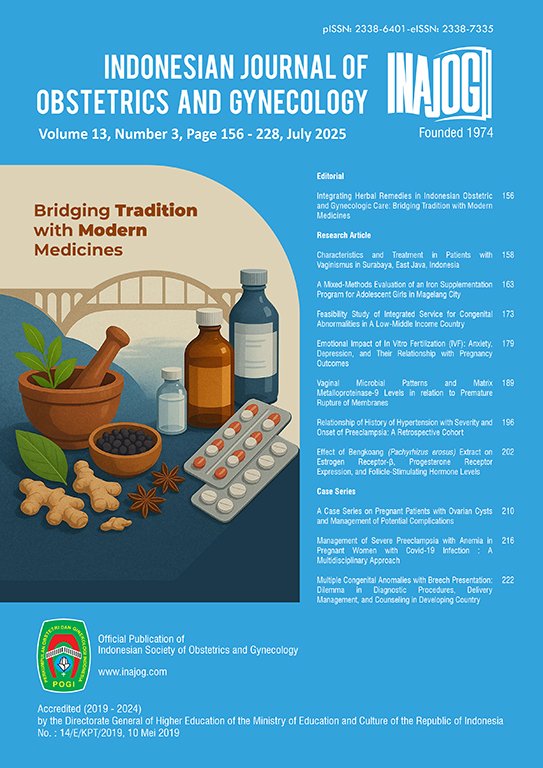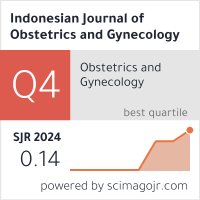A Mixed-Methods Evaluation of an Iron Supplementation Program for Adolescent Girls in Magelang City
Abstract
Abstract
Objective: To evaluate the implementation of the iron supplementation program for adolescent girls in Magelang City and
identify supporting and inhibiting factors.
Methods: This study used a mixed-methods triangulation design with purposive sampling. Quantitative data from the Magelang
City Health Office were analyzed descriptively, while qualitative data from interviews and FGDs explored implementation
barriers.
Results: The program achieved 72.2% coverage, meeting the national target. Supporting factors included regulatory planning,
digital reporting via e-PPGBM, cross-sectoral collaboration, and the Aksi Bergizi initiative. However, barriers such as lack of
budget, SOPs, human resources, and low adherence were identified.
Discussion: Quantitative findings provided an overview of program success, while qualitative insights revealed operational
challenges. Low adherence was influenced by limited awareness, unclear benefits, and perceived barriers like nausea and lack
of parental support. Reporting delays and system closures also hindered performance.
Conclusion: Despite meeting coverage targets, the program faces significant implementation challenges. Strengthening
budgeting, SOPs, and human resources, along with improving adolescent awareness, is essential for future success.
Keywords: Adolescent girls, iron supplementation, mixed-methods study, program evaluation.
Downloads
Copyright (c) 2025 Indonesian Journal of Obstetrics and Gynecology

This work is licensed under a Creative Commons Attribution-NonCommercial-ShareAlike 4.0 International License.













